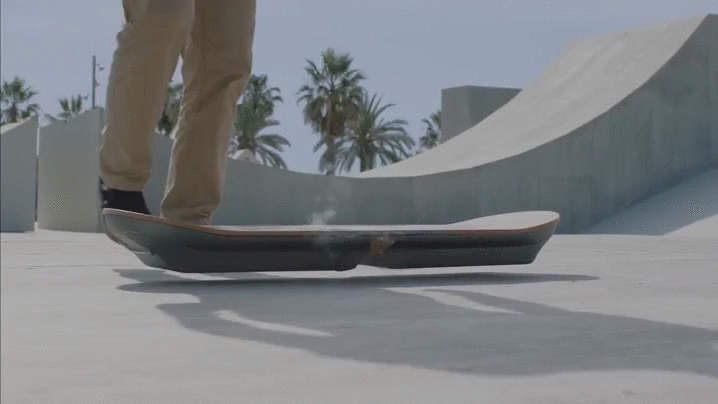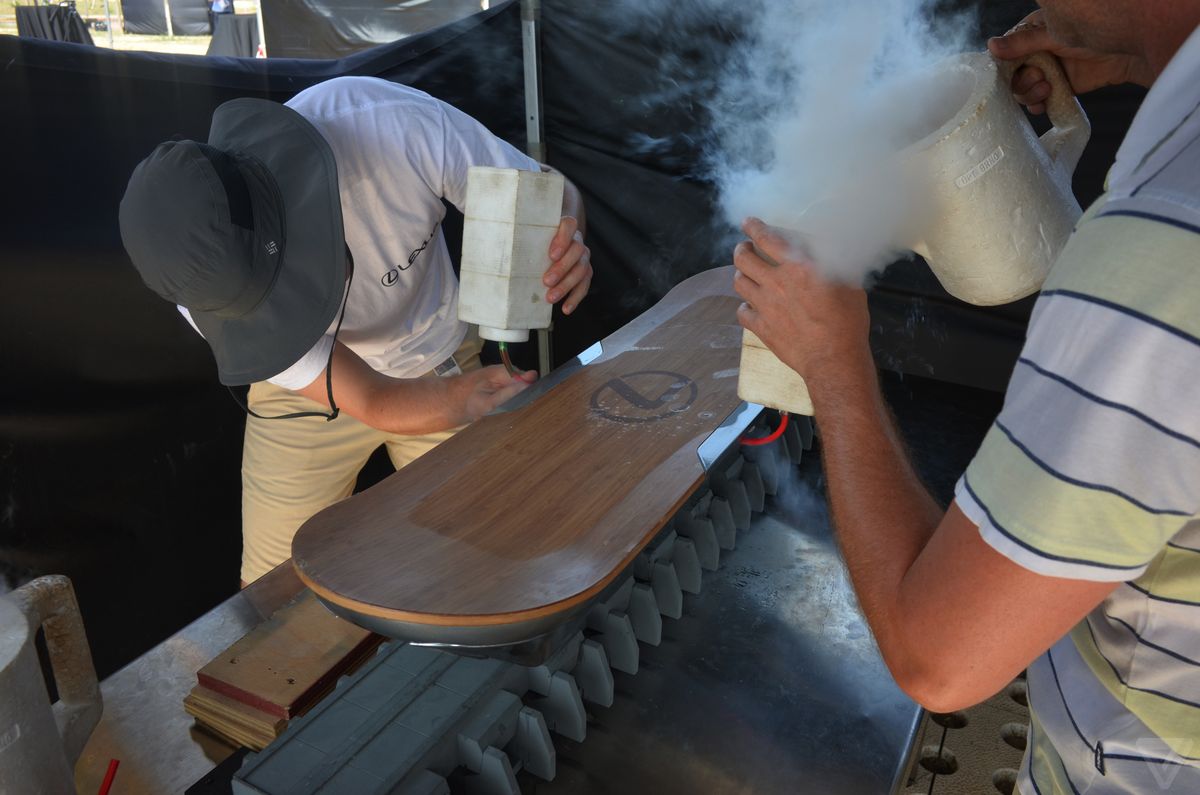Lexus Just Created A Hoverboard And It Works, Even On Water
No kidding.
Awhile back, Lexus shocked everyone by unveiling a seemingly workable hoverboard. In the teaser video, Lexus teases a real-live magnetized hoverboard that the carmaker has been working under wraps for months
The board has been in development for 18 months, as Lexus — alongside a team of scientists from IFW Dresden and evico GmbH — have recently concluded a successful testing stage in Barcelona, courtesy of pro skateboarder and hoverboard test rider Ross McGouran.
After close to a month of teasing and speculation, Lexus officially unveils its hoverboard, dubbed SLIDE
In the release video, pro skater Ross McGouran is shown testing the hoverboard. Lucky dude.
So, how does the SLIDE hoverboard actually work? One word: MAGNETS
According to Lexus, its hoverboard relies on superconductors and magnets, which combine to repel the force of gravity and lift an object.
Permanent magnets then rest underneath the board, as Dr. Oliver de Haas, evico CEO, says, “The magnetic field from the track is effectively ‘frozen’ into the superconductors in the board, maintaining the distance between the board and the track—essentially keeping the board hovering. This force is strong enough to allow the rider to stand and even jump on the board.”
Lexus has specially built a skate park, just for the hoverboard to move around. And yes, this means the hoverboard can't be used anywhere you want. What a bummer.
The park is made out of wood that has been painted to look like cement, with an embedded magnetic track that had clearly been covered with some sort of plaster in an effort to conceal it. Strike one: the Lexus board can’t be used anywhere you want.
Crafted around an insulated core, the SLIDE employs high temperature superconducting blocks in cryostats
These cryostats are reservoirs of liquid nitrogen that cool the superconductors to -197°C. By placing the board over a track of permanent magnets, the design team is then able to make the board hover by cooling it to its operating temperature as the track’s magnetic flux lines are “pinned” into place.
According to The Verge, the board can only work for around 20 minutes, until liquid nitrogen runs out
One thing to note about the hoverboard is that it only stays "charged" (that is, it hovers) for 20 minutes, give or take, depending on ambient temperature and the weight of the rider. Once the liquid nitrogen evaporates, the board loses its superconductivity and it’s time to "recharge."
Design wise, the hoverboard takes cues from skatedecks and Lexus' design aesthetics
It is clear that Lexus made the hoverboard as a marketing tool, instead of a consumer product. So the dream of a real Hoverboard seems pretty unattainable, but hey, we can always hope right?
Afterall, who doesn't want to be like Marty Mcfly?









